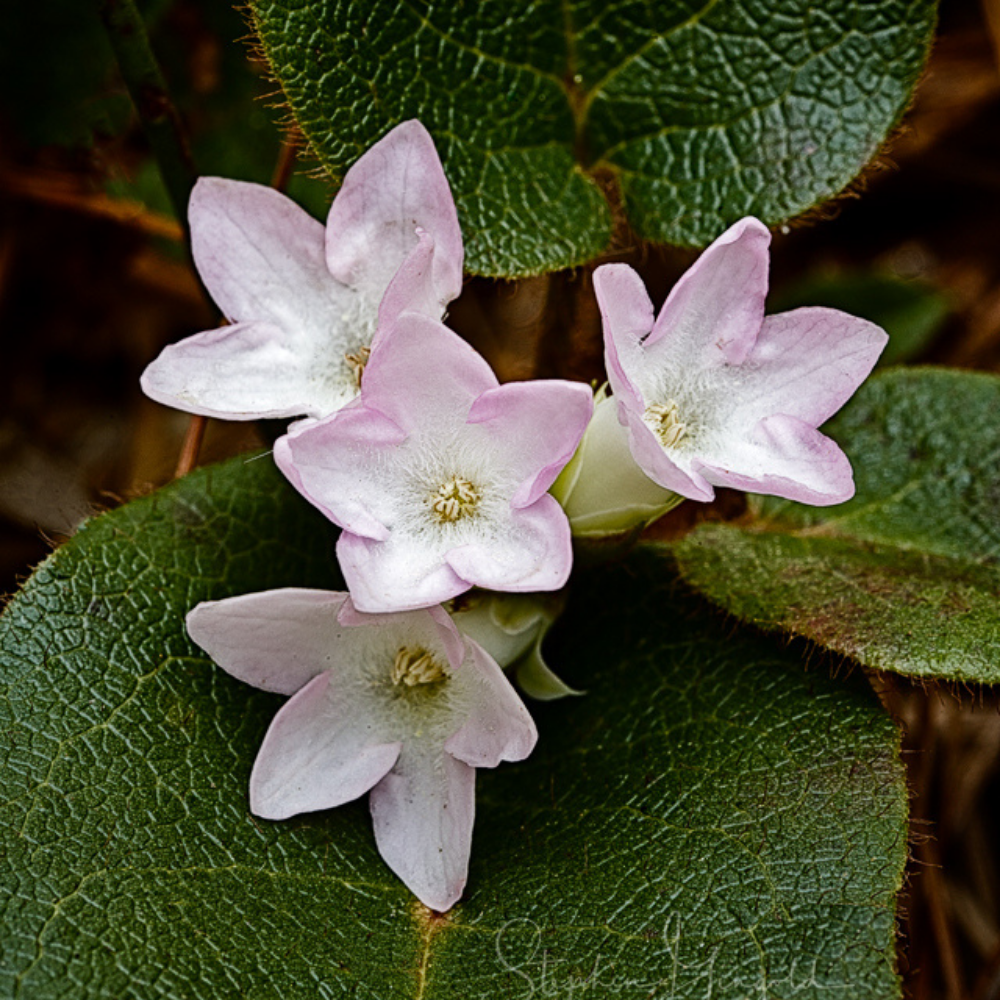
Can you name all the state flowers of New England? Surprisingly, they are not all native to the US. Not only that, they are not all flowers and one New England state actually has two state flowers!
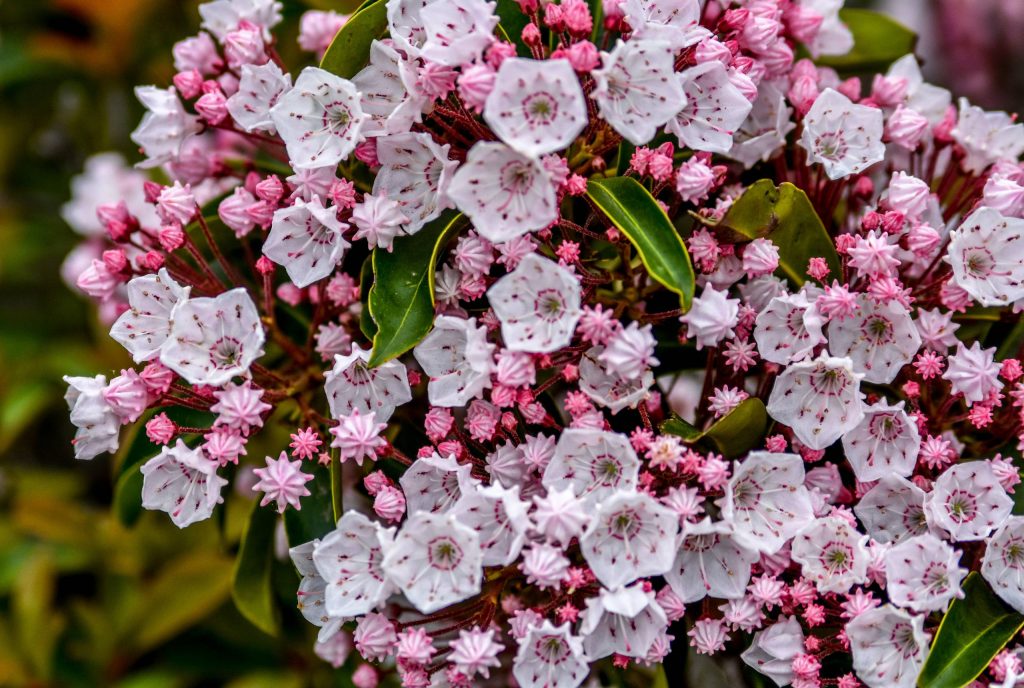
Connecticut: Designated as the state flower of Connecticut in 1907, the Mountain Laurel (Kalmia latifolia) is a broad-leafed evergreen shrub native to eastern North America. This popular landscape plant produces fragrant and abundant bell-shaped pink and white flowers in May and June. Does best in part shade and acidic soils.
Maine: Adopted in 1895, the state flower of Maine is not actually a flower; it is the White Pine Cone and Tassel (Pinus strobus). Maine is known as the “Pine Tree State” and white pine dominated the Maine landscape and is important to the timber industry. White pine is considered to be the largest conifer in the northeastern United States.


Massachusetts: The Mayflower (Epigaea repens), also known as ground laurel or trailing arbutus, was designated the state flower here in Massachusetts in 1918. The Mayflower gets its name as it is thought to be the first flower the pilgrims saw blooming in spring after the long winter. This low-growing, trailing evergreen produces fragrant pink or white flowers in the early spring and favors sandy to peaty woods or clearings.
New Hampshire: Although not native to the United States, New Hampshire adopted the Purple Lilac (Syringa vulgaris) as its state flower in 1919 to represent the hardy character of the state’s inhabitants.
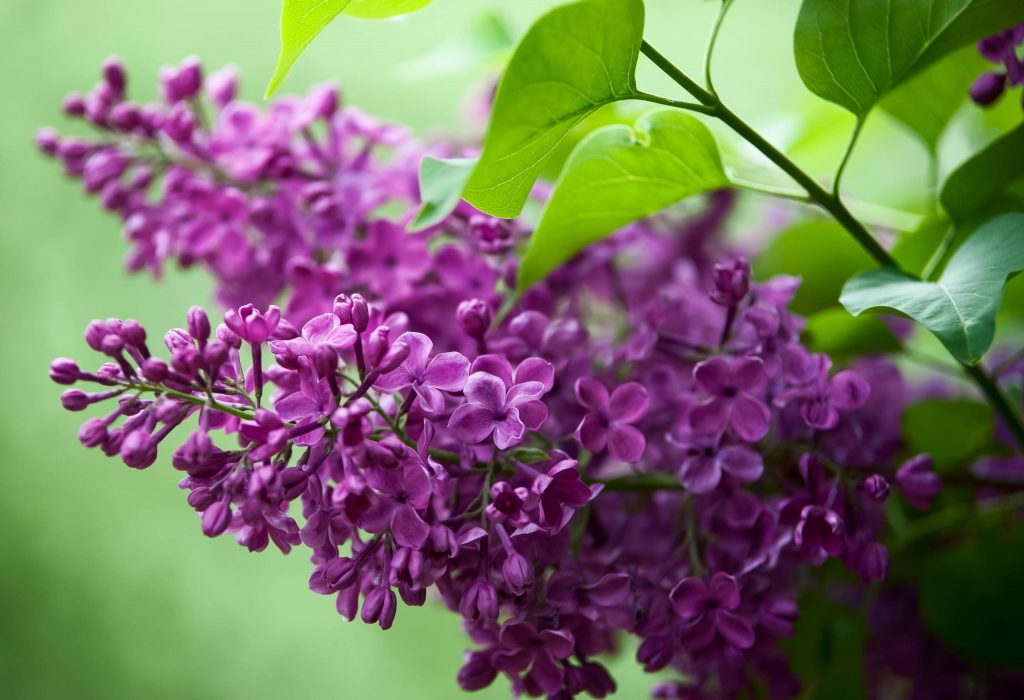
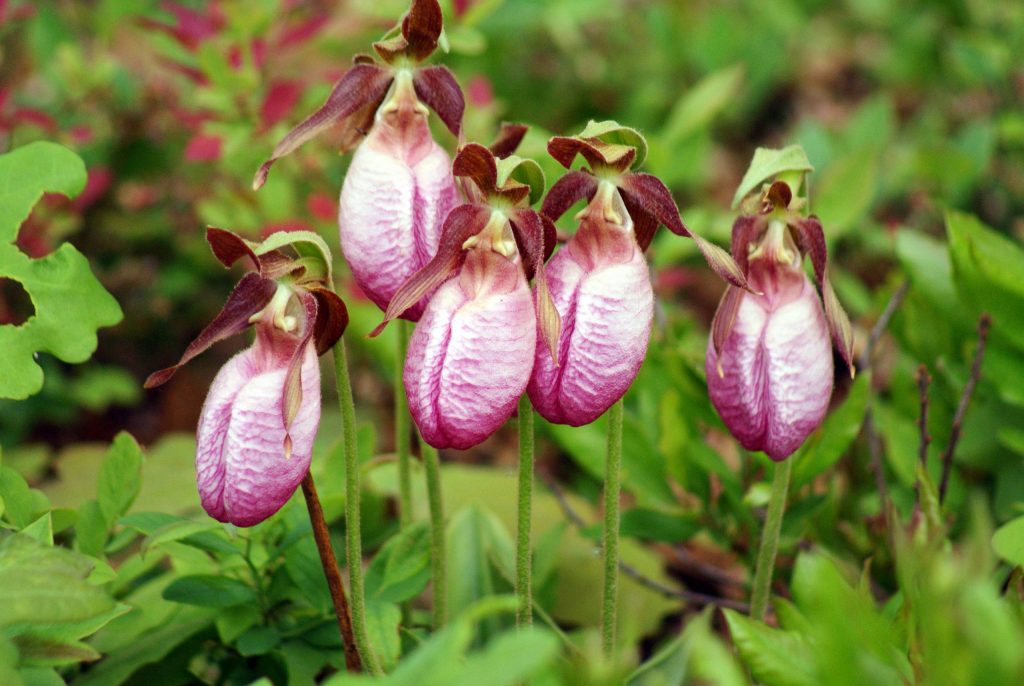
In 1991, New Hampshire designated the Pink Lady’s Slipper (Cypripedium acaule) as the official state wildflower. These wild orchids are widely found in the northeastern US, and as far south as South Carolina and Georgia.
Rhode Island: In 1968, Rhode Island became the last state to adopt an official state flower, the Violet (viola sororia). These ubiquitous petite purple flowers are found throughout eastern North America
In the landscape, they are best massed and left to spread undisturbed in naturalized areas. They self-seed and spread, sometimes being viewed as weeds in lawns and gardens. The caterpillars of fritillary butterflies feed on violets.
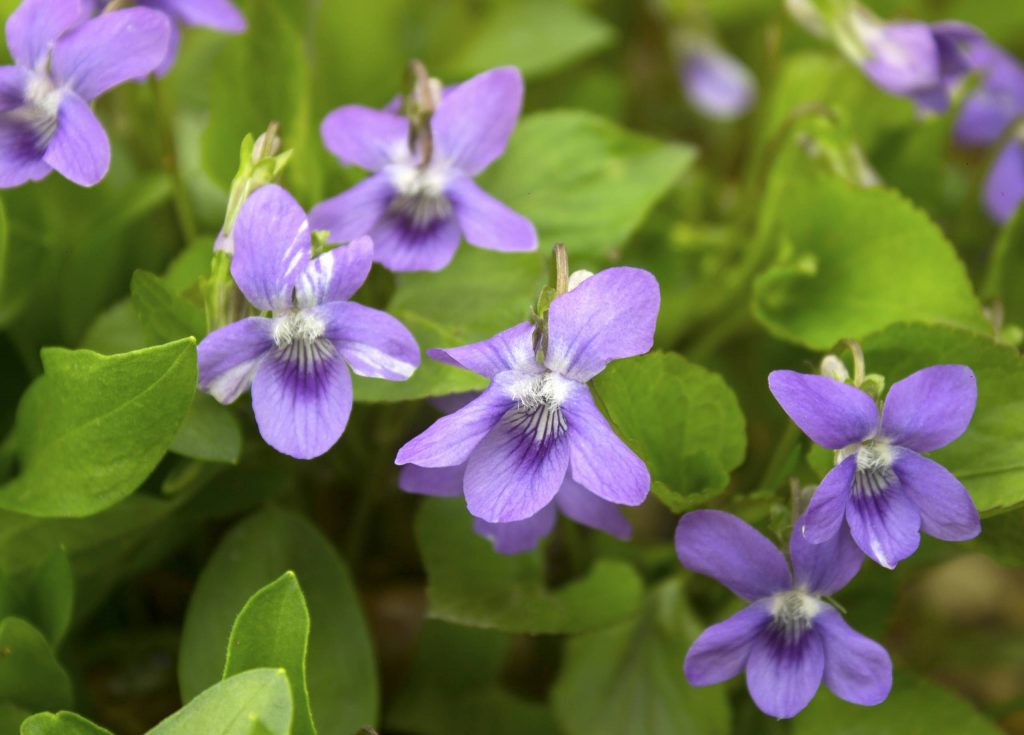
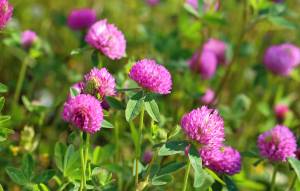
Vermont: Red Clover, (Trifolium pratense) represents Vermont’s farms and fields and was designated state flower in 1895. Although not native to the US, it thrives in meadows, pastures, and other grassy places and its nitrogen fixing ability makes it a good cover crop or “green manure”.
Written by Hilary Kassler







